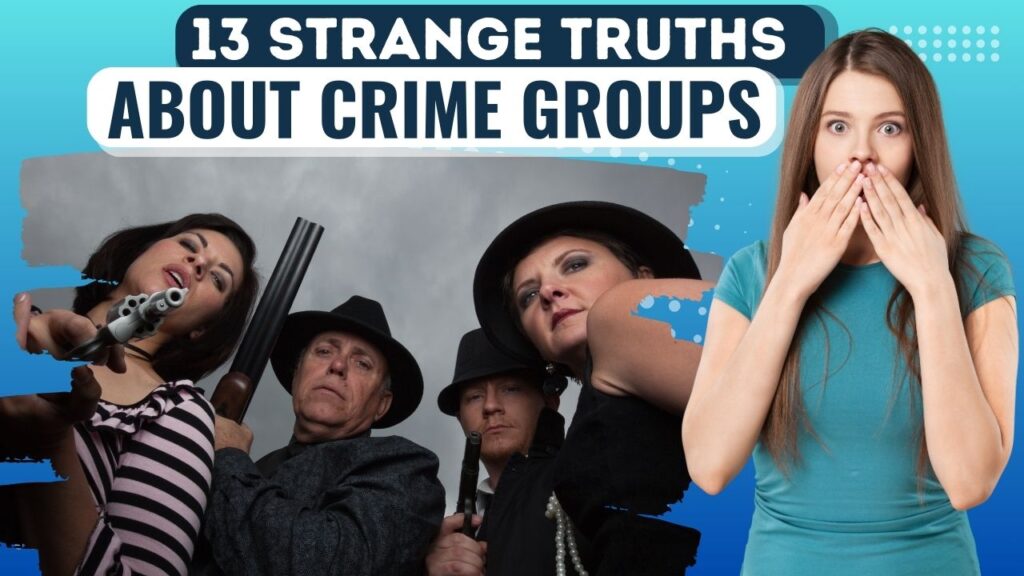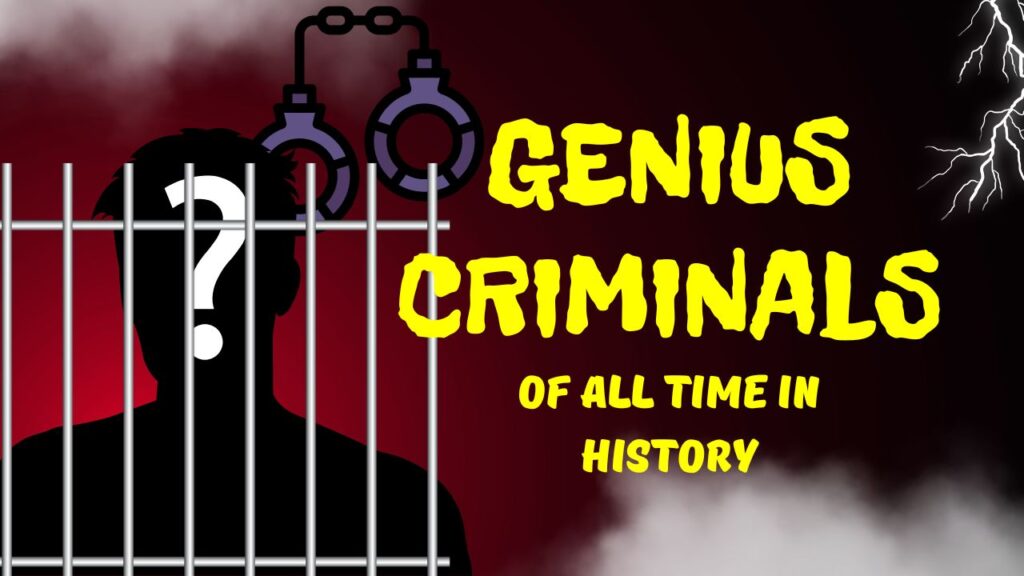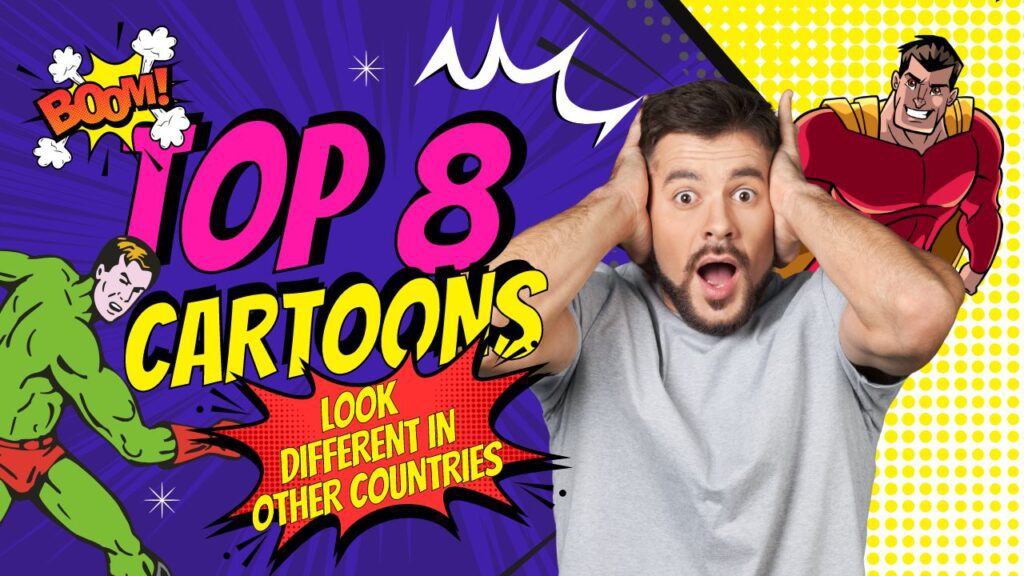
Famous Cartoons frequently conquer language barriers and national boundaries, winning the affection of people all over the world. However, in order for them to be successful in the various countries in which they are introduced, the initial designs and ideas may be altered in order to better connect with the target populations there.
The way cartoons are presented and how they are adapted can change from one country to the next, despite the fact that they are popular everywhere. A great number of cartoons have been significantly altered in terms of their appearance, voice, and names in order to accommodate the cultural and linguistic differences that exist in various countries. Here are 6 most famous cartoons that look different in other countries:
List of Famous Cartoons
8. Doraemon
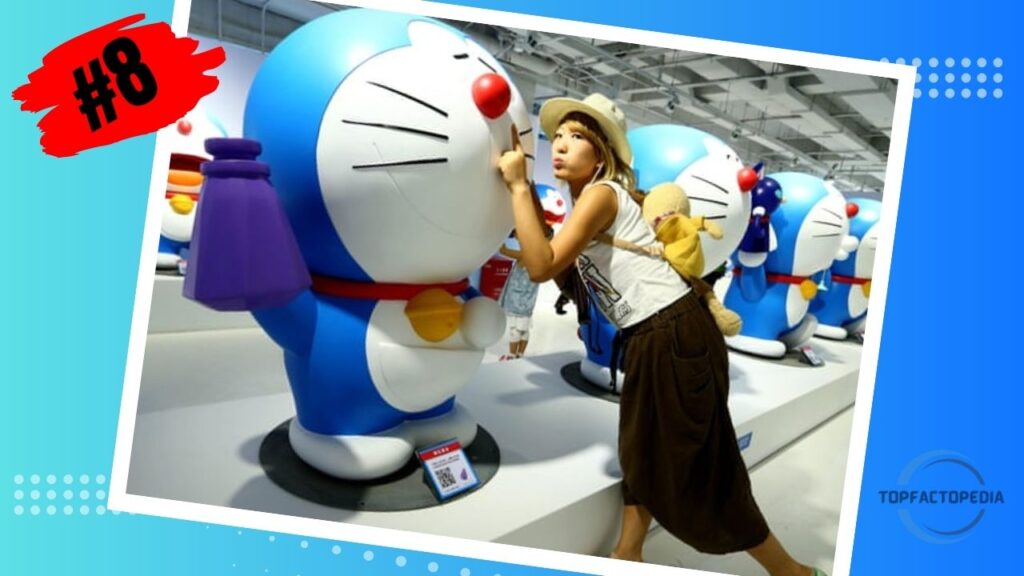
The lovable robotic cat from the future known as Doraemon has captivated the imaginations of millions of people all over the world. Doraemon was first developed in Japan, but it has since been reworked for audiences in a variety of countries, with each version featuring its own set of unique modifications. These adaptations, which range from altered character designs to modified gadgets, guarantee that Doraemon is appealing to a wide variety of audiences while still retaining his essential nature.
7. Mickey Mouse
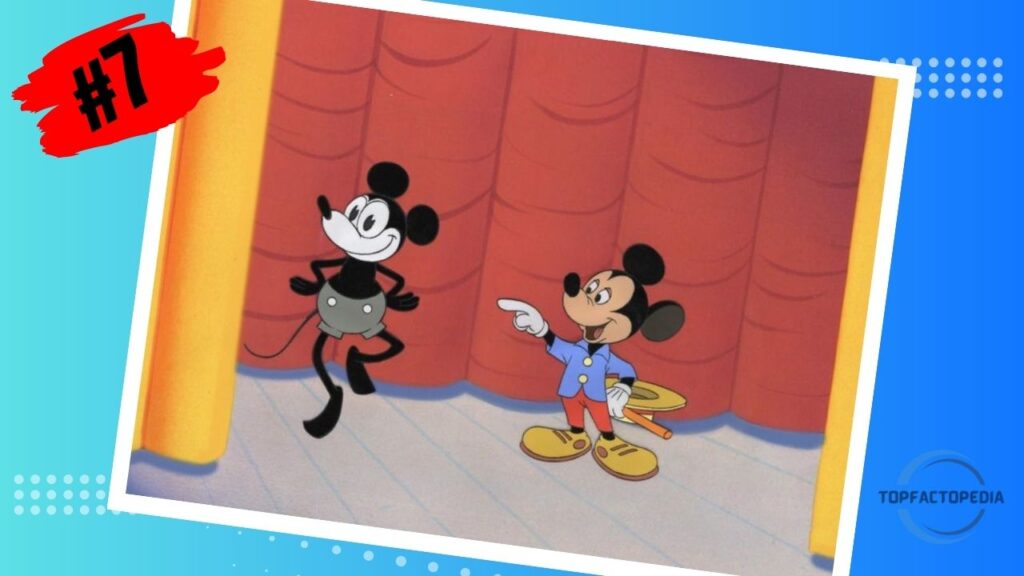
Mickey Mouse, one of the most recognisable characters in the history of animation, has developed in a number of different ways over the course of his life. Mickey Mouse was first presented to audiences in black and white during his early years, and he captivated them with his naughty antics. Despite this, Mickey Mouse has been reimagined in a variety of forms across the globe, each featuring distinct characteristics and narrative arcs that are reflective of the local cultures and preferences.
6. Dragon Ball Z
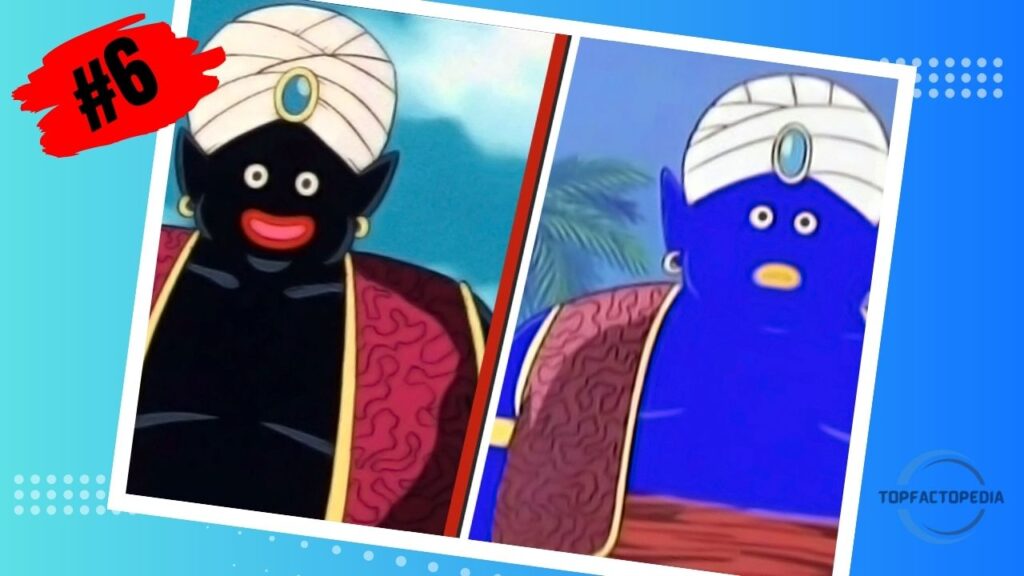
Dragon Ball Z is a well-known anime television series that was first broadcast in Japan. Some viewers found it offensive that the original Japanese version of Mr. Popo had a dark complexion and large lips. The character was originally portrayed in Japanese. In order to prevent the perpetuation of negative stereotypes, the character’s skin was altered to appear blue during the dubbing process for the show’s release in the United States, and his lips were made to appear smaller.
5. The Simpsons
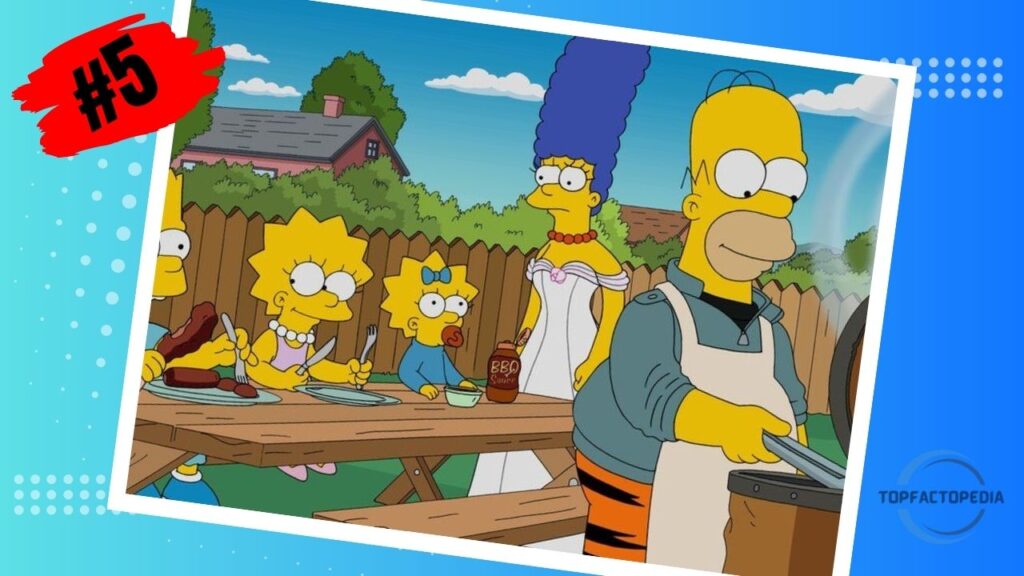
One of the animated comedies that holds the title of “most popular” all over the world is “The Simpsons.” The programme has been reworked to appeal to audiences in a variety of nations, and the characters in each version have undergone some transformations to better reflect the cultural norms of those nations. Scenes depicting a family partaking in activities such as eating pork or drinking alcohol are frequently cut from or altered in films produced in certain Middle Eastern nations. Additionally, some characters, such as Moe Szyslak, have been given different names in different languages. These names can be found in the respective languages’ respective dictionaries.
4. Sailor Moon
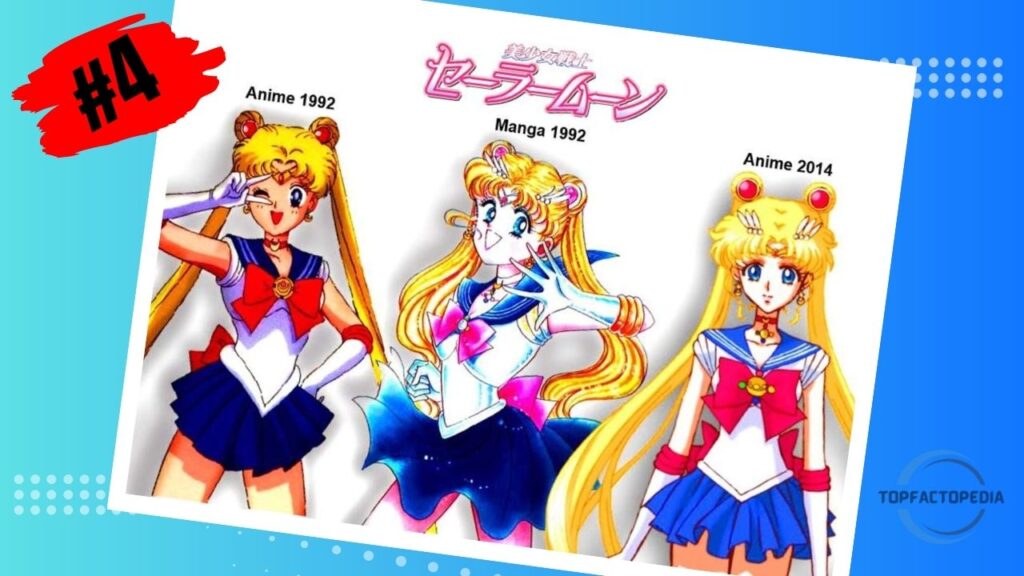
The Japanese animated series Sailor Moon tells the story of a group of young women who are selected to be the protectors of the solar system. These young women are known as the Sailor Guardians. The character of Sailor Neptune was portrayed as a lesbian in the English dub of the show; however, in the original Japanese version, the nature of her relationship with Sailor Uranus was left more open to interpretation. Some viewers did not take kindly to the adaptations, which had been made with the intention of appealing to a Western audience.
3. Looney Tunes
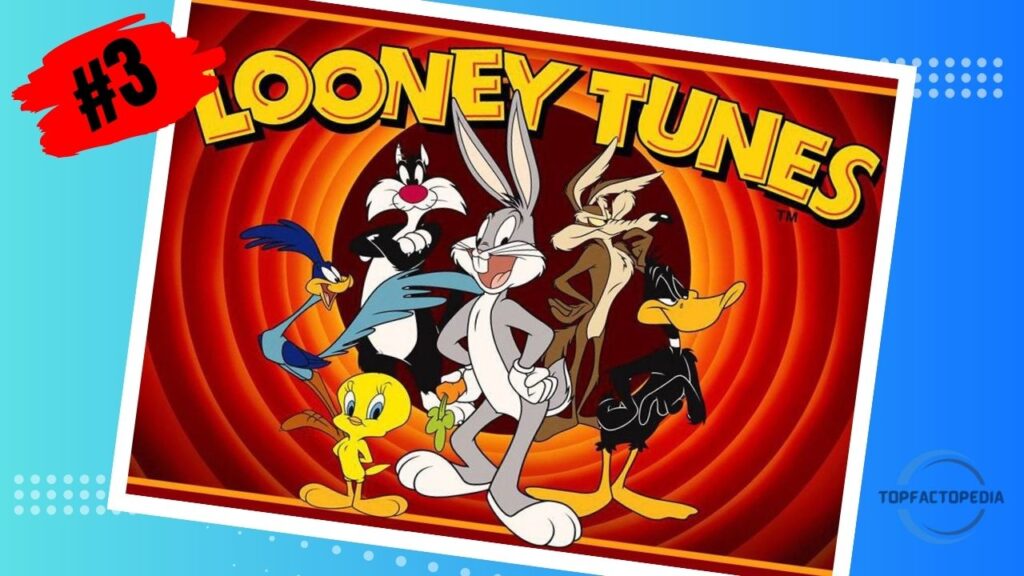
Bugs Bunny, Daffy Duck, and Porky Pig are just a few of the well-known cartoon characters that have made appearances in the iconic American animated series Looney Tunes. There have been allegations that the character Speedy Gonzales contributes to the perpetuation of negative stereotypes of Mexicans in certain nations, including Germany and Sweden. As a direct consequence of this, the character is no longer featured prominently in broadcasts in those countries.
2. Pokemon
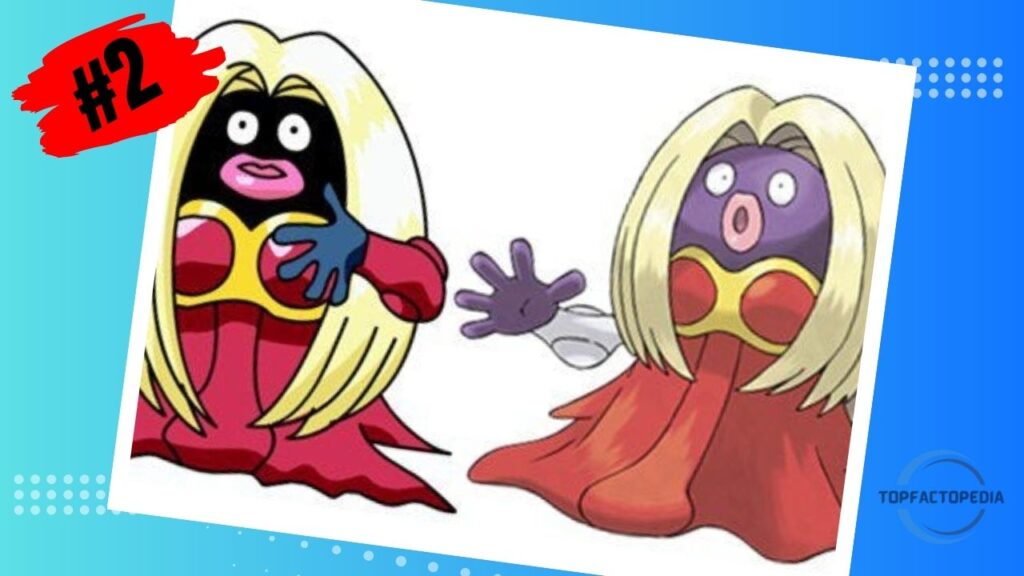
The main character of the Pokemon anime series is a young boy named Ash who is on his way to becoming a Pokemon master. The show is an adaptation of a Japanese manga series. Some viewers found the original Japanese version of the show offensive because the character Jynx had black skin and large, red lips. This was the case in the original Japanese version of the show. In order to prevent the perpetuation of negative stereotypes, the character’s skin was changed to a purple colour during the dubbing process for the show before it was released in the United States, and her lips were made smaller.
1. Powerpuff Girls
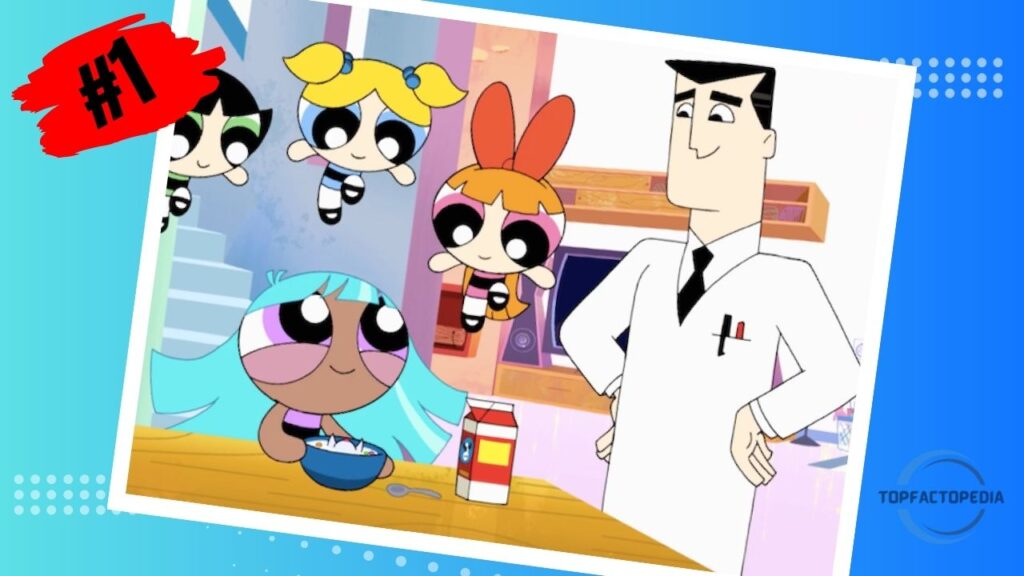
The Powerpuff Girls is an American animated series that follows three young women with extraordinary abilities as they battle against evil. Bliss, the fourth Powerpuff Girl, made her debut on the show as the character she would later become. In the original version of the story that was set in the United States, Bliss had fair skin and blonde hair. However, in certain international adaptations of the show, such as those shown in the Arab world, Bliss’s appearance was altered so that she had brown skin and black hair in order to better connect with the audience there.
Conclusion
People from all over the world enjoy watching cartoons, and the content of these shows frequently adapts to reflect regional norms and practises. The above six well-known cartoons have had significant alterations made to their appearances, voices, and names in order to appeal to the audience in their respective countries.
Few More Queries
- Which is the world’s No 1 popular cartoon?
Mickey Mouse
This cartoon was first released in 1928 and even now, it’s still a major hit. Interestingly, Mickey Mouse is the only cartoon star to be featured on the Hollywood Walk of Fame.
- What country makes the most cartoons?
The most prolific sources of animated films are the USA and Japan, which account for 39.0% and 19.1% of the world’s total. Studios in just 13 countries have produced 10 or more feature-length animated films in the 26 years since 1981.
- What country invented cartoons?
The very first animated “film” was by a French cartoonist named Émile Cohl. He’s often seen as the father of animation because of his 1908 film, Fantasmagorie, which features a playful cast of hand-drawn characters that are up to no good

